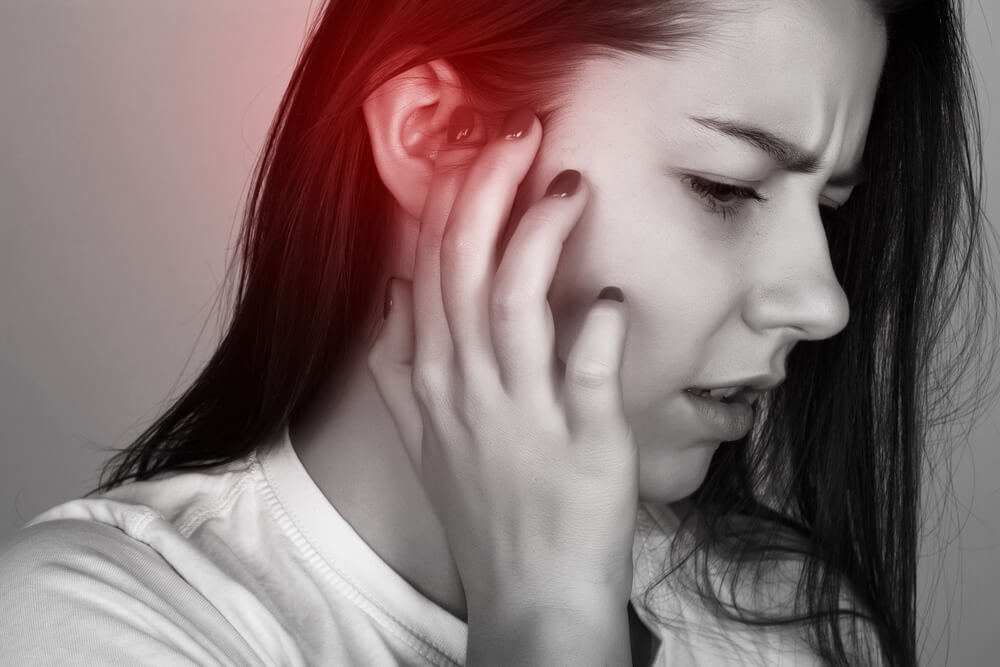Eustachian tube problems affect the tiny passageways that connect your middle ears, upper throat, and back of the nose. The eustachian tubes equalize the ear pressure and drain fluid coming from the portion of the ear behind the tympanum or eardrum. Additionally, eustachian tubes are generally closed, but they open up when you yawn, swallow, and chew.
Furthermore, the passageways are tiny in size and can become clogged for several reasons. Congested eustachian tubes may cause eustachian tube dysfunction or ETD, which results in a feeling of fullness, pain, and hearing problems in the ears.
ETD or eustachian tube dysfunction is comparatively a common disorder. Depending on its cause, it might disappear on its own or with the use of simple home remedies. However, recurring or severe cases may need medical attention.
One of the primary causes of ETD is allergies and diseases such as colds and flu. These conditions might affect your eustachian tubes to become congested or inflamed with mucus. Moreover, individuals with sinusitis have higher risks of developing clogged eustachian tubes.


